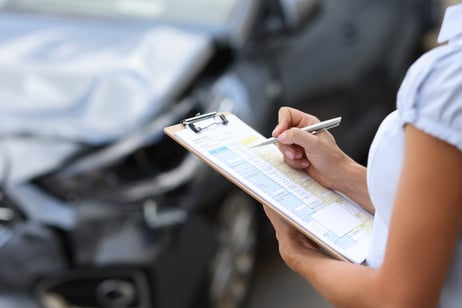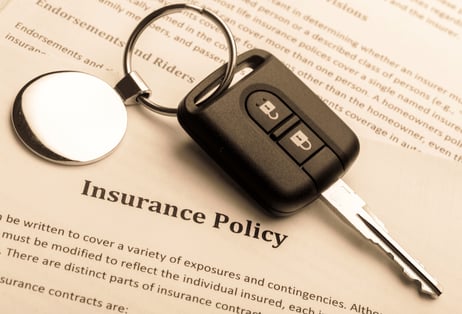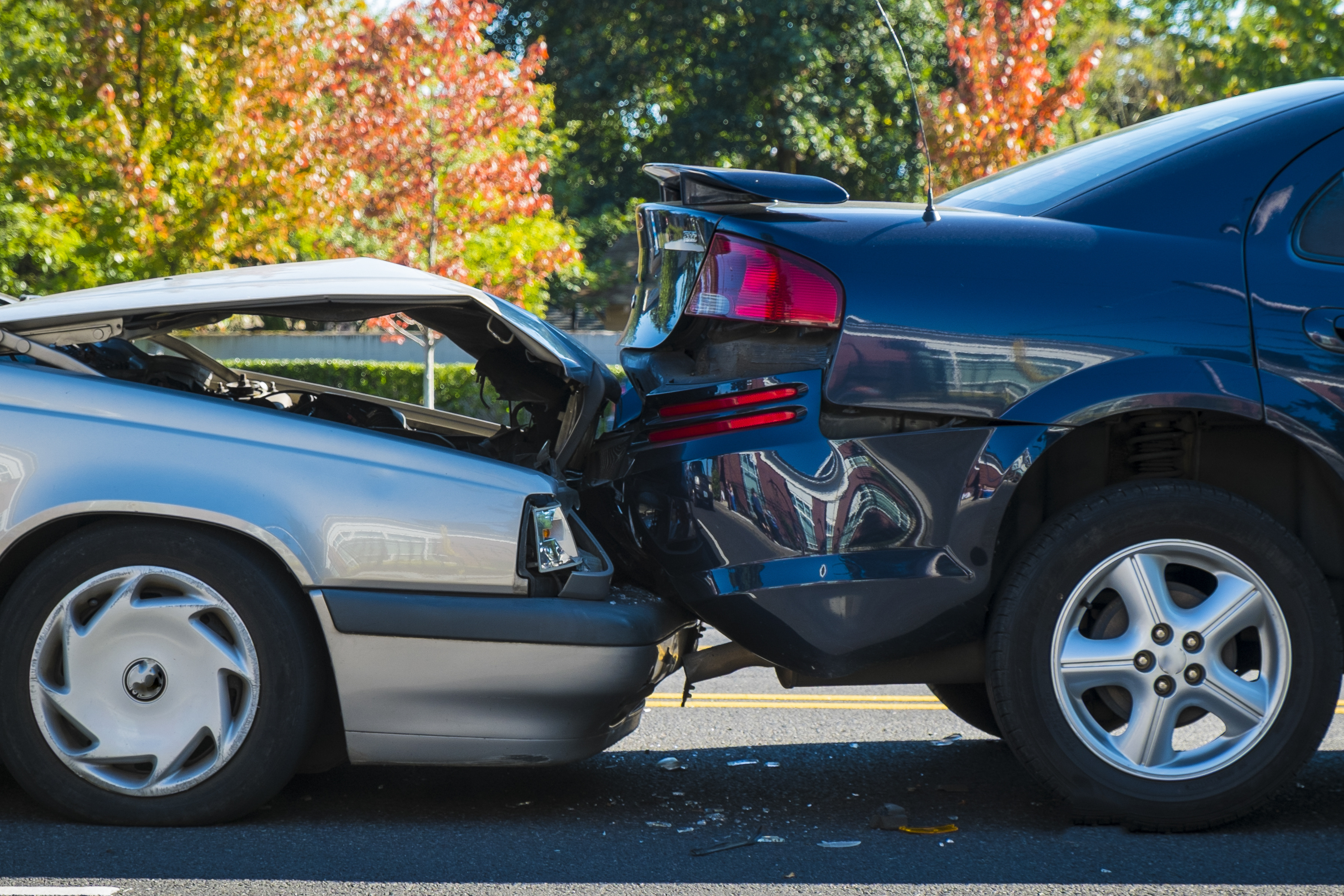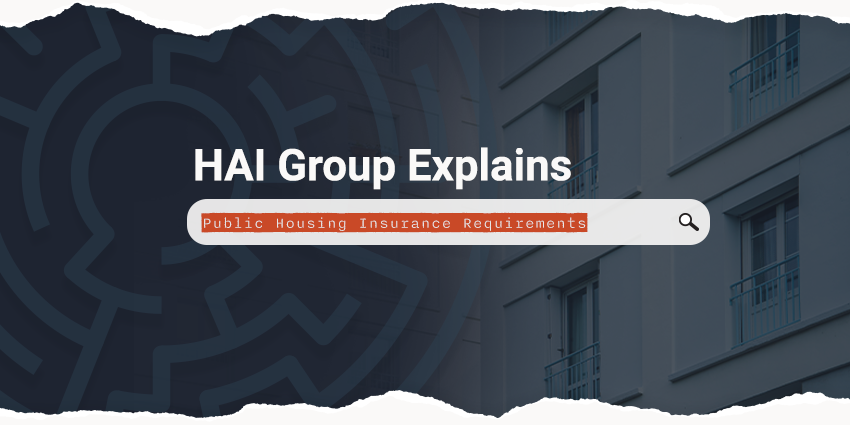Operating a vehicle may be a necessary duty and job requirement for a number of housing organization staff positions, and involves significant responsibility.
Motor vehicle crashes are a leading cause of death and injury for people of all ages. Crashes on and off the job have far-reaching financial and psychological effects on employees, their coworkers, families, and employers.
Developing a fleet safety culture can reduce the auto risks faced by your employees while protecting the bottom line of your organization.
What's the leading cause of motor vehicle accidents?
There are numerous ways that an accident can occur, but driver inattention (e.g., distracted driving) is by far the most common cause. The U.S. Department of Transportation defines distracted driving as:
“…any activity that diverts attention from driving, including talking or texting on your phone, eating and drinking, talking to people in your vehicle, fiddling with the stereo, entertainment or navigation system — anything that takes your attention away from the task of safe driving.”
In 2020, 3,142 people were killed in motor vehicle crashes involving distracted drivers (and many more people were injured). There are three types of distracted driving:
-
Visual (taking your eyes off the road)
-
Manual (taking your hands off the wheel)
-
Cognitive (taking your mind off driving)
An analysis of HAI Group’s claims data found that 82 percent of paid auto losses between 2010-2017 were related to inattentive or distracted driving (other drivers were to blame in 11 percent of auto claims during that period). Between 2017-2021, HAI Group received over 560 claims related to inattentive driving. Other common factors in motor vehicle accidents include:
-
not obeying traffic rules;
-
aggressive driving;
-
speeding;
-
drug/alcohol abuse;
-
medication side effects;
-
environmental factors;
-
driving an unfamiliar vehicle; and
-
fatigue.
-
developing and enforcing company policies;
-
investing in driver training;
-
investing in preventative maintenance; and
-
performing accident investigations and reviews,
Step 1: Understand fleet safety responsibilities

Communicate the importance of vehicle inspection and maintenance with all employees that operate a vehicle at your organization. Address items such as typical signs of mechanical or electrical failure, tire safety, and emergency procedures. Develop a quick checklist for daily vehicle inspections (like this sample checklist) that should be completed by both the first and last driver of the day.
Provide vehicles that offer the highest possible levels of occupant protection. Ensure employees have a valid and appropriate driver’s license for the vehicle they will be operating and check each driver’s motor vehicle record (MVR), a driving report that includes information about any license restrictions and traffic violations.
Create a disciplinary action system for driver violations and implement and enforce mandatory policies (e.g., always wear a seat belt, no use of technology while driving, etc.). Provide the training necessary for employees to operate specialized motor vehicles or equipment, and require employees to attend ongoing training at regular intervals.
Step 2: Investigate and document every accident

Detailed documentation of the on-scene investigation is critical to the potential insurance claims process. It also facilitates the development of a road-safety business case by allowing companies to review overall road safety performance and related costs, as well as developments over time. Organizations also gain insights into high-risk driving conditions, high-risk drivers, and high-risk transport
operations. These insights can lead to corrective actions.
To learn more about accident investigation and documentation, refer to our recent blog on the topic.
Step 3: Ensure vehicles are adequately insured

Automobile exposures can place a company’s assets at serious risk. At a minimum, your organization should:
- identify all employees who operate their personal vehicles on company business; and
-
regularly require these employees to provide proof of adequate limits of automobile liability.
-
did not carry insurance;
-
carried only minimum limits of coverage that the state law requires, or carries limits inadequate to cover a particular claim;
-
did not properly maintain their vehicle; or
-
had an MVR that is below standard.
Contact your HAI Group insurance representative to find out more information about auto insurance coverage at your organization.
Includes copyrighted material from a company under the HAI Group family, with its permission. This post is for informational purposes only and is not intended to provide legal advice, and shall not be relied on as such. We strongly recommend consulting with legal counsel or an appropriate subject matter expert.







